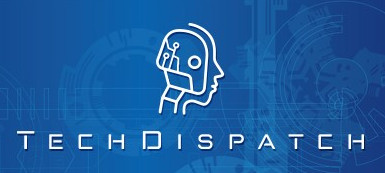TechDispatch #3/2020 - Personal Information Management Systems
Personal Information Management Systems (PIMS) are new products and services that help individuals to have more control over their personal data. PIMS enable individuals themselves to manage and control their online identity.
The PIMS concept offers a new approach in which individuals are the “holders” of their own personal information. PIMS allow individuals to manage their personal data in secure, local or online storage systems and share them when and with whom they choose. Individuals would be able to decide what services can use their data, and what third parties can share them. This allows for a human centric approach to personal data and to new business models, protecting against unlawful tracking and profiling techniques that aim at circumventing key data protection principles.
To read the HTML edition, click the title above.
To read the PDF edition, click the EN button below.
